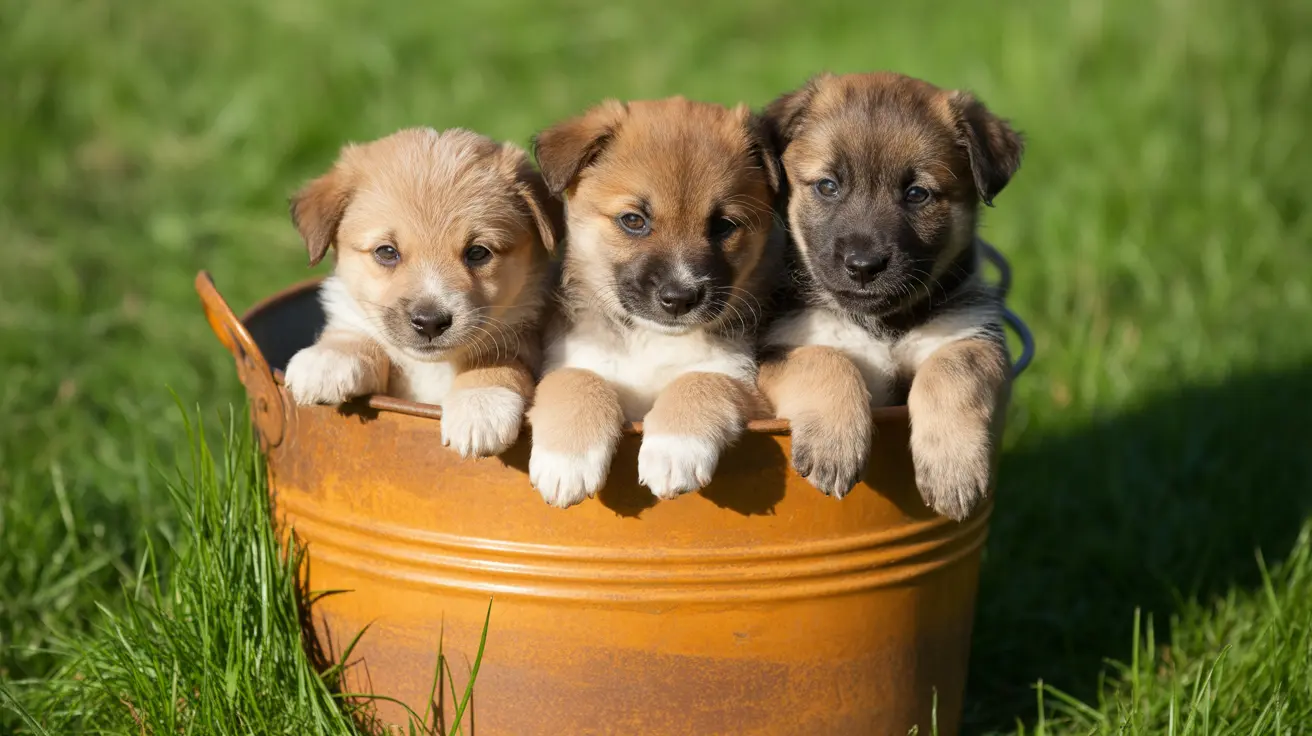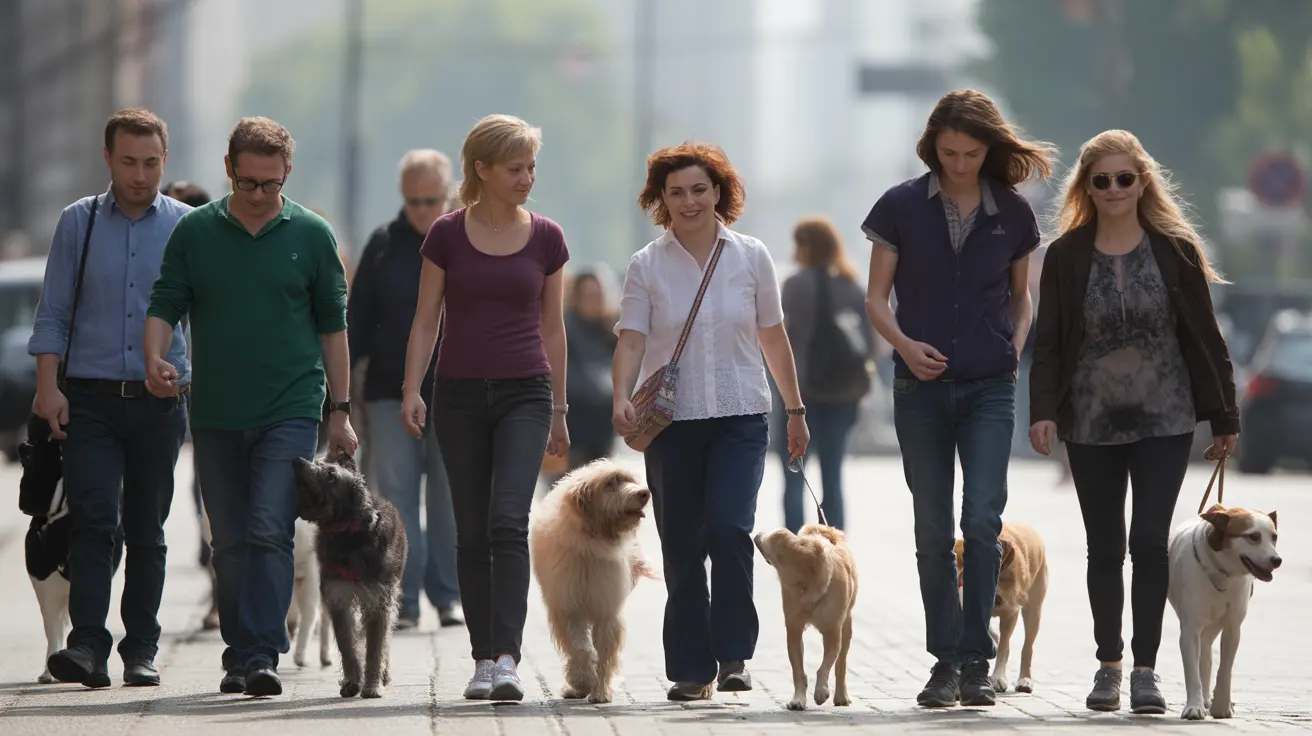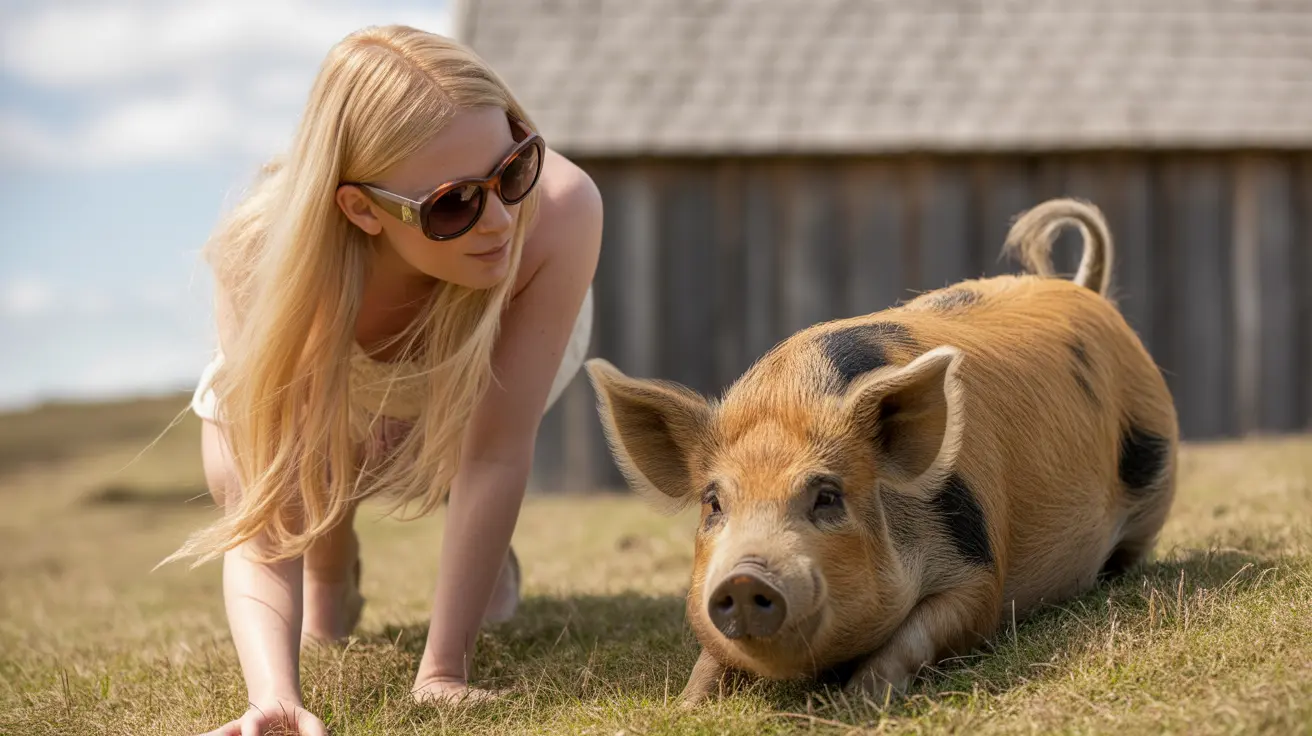Understanding Dog Dandruff: Causes, Symptoms, and When to Worry
Dandruff in dogs, much like in humans, involves the flaking of dead skin cells and can be seen as white flakes accumulating on the fur. Most commonly observed near the base of the tail and along the back, dandruff itself isn't always dangerous, but it can be a symptom of underlying issues. Here's what pet owners need to know about dog dandruff, its causes, associated symptoms, and how to manage it effectively.
What Is Dog Dandruff?
Dog dandruff occurs when a dog's sebaceous glands produce either too much or too little sebum. Sebum is the natural oil that keeps the skin hydrated and healthy. An imbalance in sebum production causes the skin to become too dry or overly oily, leading to visible flakes. There are two types of dandruff in dogs:
- Seborrhea sicca (dry dandruff): Characterized by dry, flaky skin without greasiness.
- Seborrhea oleosa (oily dandruff): Accompanied by a greasy coat and often a foul odor.
Common Causes of Dog Dandruff
Several factors can cause or contribute to dandruff in dogs. Identifying the underlying trigger is key to effective treatment.
- Dry Air: Especially during winter or in homes with central heating, dry air can dehydrate your dog's skin.
- Poor Nutrition: Diets lacking essential fatty acids (omega-3 and omega-6), vitamins, and minerals can affect skin health.
- Parasites: Cheyletiella mites, also known as "walking dandruff," can cause flaking and are highly contagious among pets.
- Infections: Bacterial and fungal infections irritate the skin and may intensify dandruff symptoms.
- Allergies: Food or environmental allergies often lead to flaky, itchy skin and may be associated with ear or skin infections.
- Hormonal Imbalances: Conditions like Cushing’s disease or hypothyroidism often manifest in dry, flaky skin.
- Genetics: Some breeds are predisposed to idiopathic seborrhea, a genetic form of the condition.
Breeds Prone to Dandruff
While any dog can develop dandruff, certain breeds are more susceptible due to their skin type or hair length. These include:
- Golden Retrievers
- Cocker Spaniels
- Yorkshire Terriers
- Labrador Retrievers
- Jack Russell Terriers
- Basset Hounds
Symptoms and When to See a Vet
While you might occasionally notice flakes on your dog’s coat, some signs indicate that dandruff may be part of a larger issue:
- Persistent or excessive dandruff
- Itching, licking, or scratching
- Red or irritated skin
- Fur loss or thinning hair
- Bad skin odor
- Behavioral changes, lethargy, or weight loss
If your dog exhibits any of these symptoms, it’s important to consult a veterinarian. The vet may conduct physical exams, perform skin scrapings, suggest allergy testing, and run blood tests to assess for infections or systemic disease.
Treatment and Prevention Tips
Managing dog dandruff involves a combination of home care and veterinary treatment:
- Regular Brushing: Brushing your dog’s coat helps remove loose flakes and distribute natural oils evenly across the skin and fur.
- Bathing with Proper Shampoo: Use moisturizing dog shampoos that contain ingredients like oatmeal or aloe vera. Avoid human shampoos, which are too harsh for canine skin.
- Nutrition: Ensure your dog gets a balanced diet rich in fatty acids, vitamins, and minerals. Supplements like fish oil can improve coat health.
- Environmental Control: A humidifier at home can counteract the drying effects of indoor heating during winter months.
- Parasite Prevention: Use vet-approved treatments for mites, fleas, and ticks. Be sure to clean bedding and living spaces if mites are suspected.
- Allergy Management: Work with your vet to identify triggers and consider hypoallergenic diets or allergy medications as needed.
- Infection Treatment: Bacterial or fungal infections often require medicated shampoos and topical or oral prescriptions from the vet.
When Is Dandruff in Dogs Serious?
Occasional or seasonal dandruff is usually manageable with good grooming and diet. However, if symptoms persist or worsen, or if your dog shows signs of discomfort or illness, professional veterinary evaluation is necessary. Chronic dandruff may point to a deeper issue that needs targeted interventions.
Final Thoughts
While dandruff might seem like a minor cosmetic concern, it can be a sign of an underlying health problem affecting your dog’s skin or overall well-being. Monitoring your dog’s coat health, ensuring a nutritious diet, and maintaining regular grooming routines can go a long way in preventing and managing dandruff. If issues persist, don’t hesitate to consult your veterinarian for a proper diagnosis and treatment plan.





